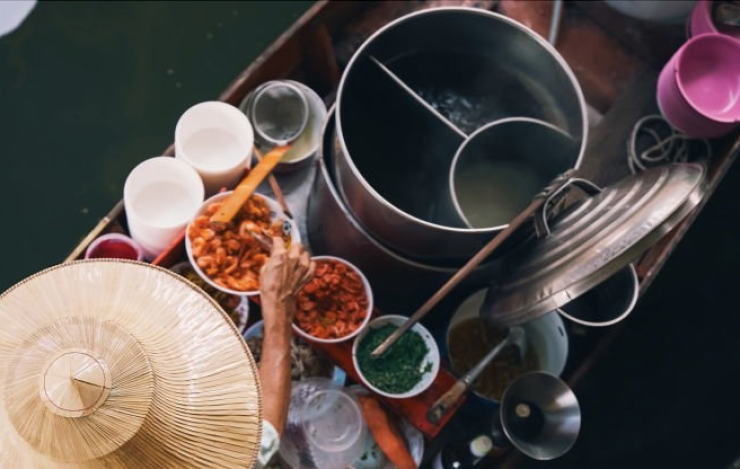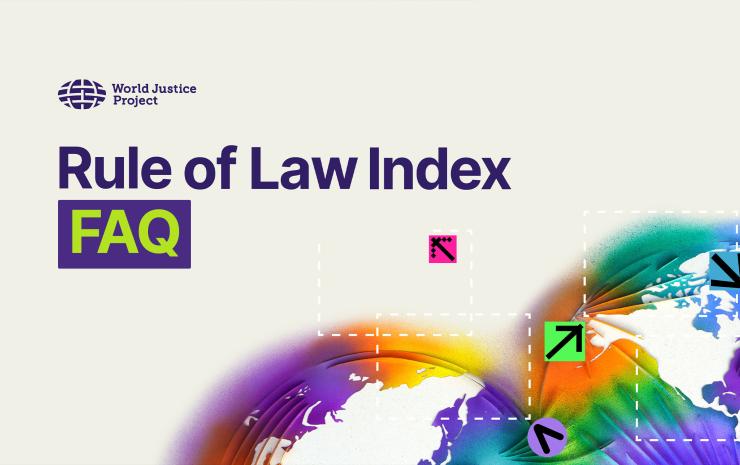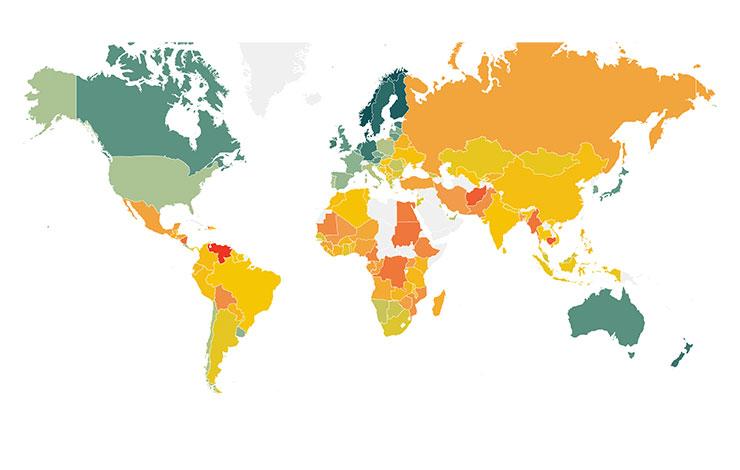
NEW YORK, April 7, 2013—On World Health Day, we are reminded of the complexities of the health environments in which we live and work, and the health-related choices we make every day.
Asked who is responsible for our health, your answer will likely depend on how you regard human behavior and the ways in which external influences and factors can shape it. Each context is unique, and the ability of individuals to make healthful choices is unevenly, unequally distributed around the world.
We’re now fewer than 1,000 days away from the 2015 target date for achieving the anti-poverty Millennium Development Goals (MDGs), and the world is actively discussing what should succeed them.
Development goals that address public health must balance the responsibilities of individuals with those of the state. Developing countries increasingly face a double burden of surging non-communicable diseases (NCDs) such as diabetes, cancer and heart disease and alongside the continuing scourge of infectious diseases such as HIV/AIDS, tuberculosis and malaria.
The islands of the South Pacific illustrate this point. They report obesity rates as high as 75 percent of the population and diabetes rates as high as 47 percent. Pacific Islanders are raising the most obese generation of humans in history. But is individual choice to blame?
A close look at these countries’ international trade regimes indicates that many have in essence traded health for wealth.
The UN Development Programme (UNDP), World Health Organisation (WHO) and Secretariat of the Pacific Community convened a meeting in February in Fiji, bringing together representatives of health and trade ministries from nine Pacific Island countries to assess possible policy responses.
The NCD epidemic in the Pacific region is closely linked to the progressive substitution of traditional, healthful foods with cheap, high-calorie, low-nutrient imports. These countries are meanwhile compelled by trade agreements to further reduce import barriers, making over-processed foods even cheaper and more accessible and sharply limiting policy options aimed at improving public health.
Kiribati exemplifies the correlation between imported food and unhealthful diets: It imports 72 percent of its food and has the highest rates of unhealthful food consumption. Regional data on trade and consumption show a link between imported and unhealthful foods as well as between imported foods and obesity prevalence across the islands.
Several trade agreements currently under negotiation by the Pacific island countries could have a major impact on their future ability to address NCDs.
Dropping tariffs on fatty meats, tobacco and alcohol could lower the prices of these products, which contribute to obesity, diabetes and heart disease. Trade agreements can also restrict governments from banning certain unhealthful products or labeling foods with nutritional content.
The major outcome of the Fiji consultation was the establishment of a platform for interaction between trade and health officials across all nine countries—many of whose representatives noted that this was the first time they had worked together.
They drafted multi-sectoral action plans and will work with convening agencies to implement them.
Heart disease, cancer, chronic respiratory diseases and diabetes are on the rise everywhere--and they're hitting hardest in countries that can least afford the social and economic fallout. As UN Secretary-General Ban Ki-Moon notes in his World Health Day message, one on three adults worldwide suffers from hypertension. "The evidence is unequivocal," he says, urging people to curb consumption of processed foods, alcohol, and tobacco.
The South Pacific collaboration launched this year may be novel, but it must become routine. This is a health choice we can’t afford not to make.






